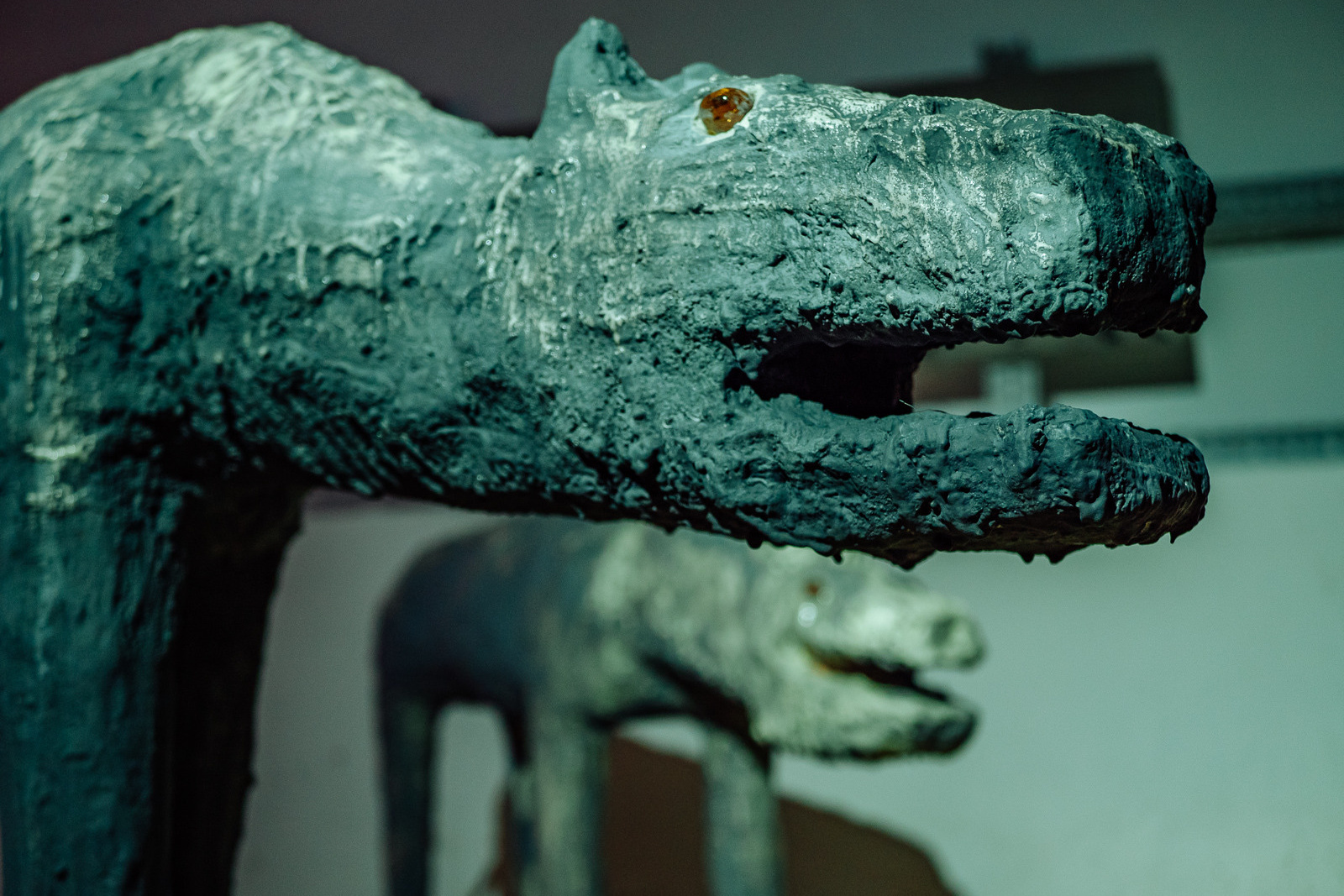Light touches
2020
Katerina Sokolovsky’s exhibition is based on the idea of transforming memories through bodily images. In part, this concept is associated with somatic practices that the artist is passionate about — they are based on the active experience of her own body, a look at it from the inside, “from the first person.” Working with bodily sensations allows you to discover a special type of memories and memory — not routine memorization, but a certain deep, “living” memory, in which the sensations of the body, space and time come into contact.
The French philosopher Henri Bergman, who rediscovered the concepts of time and memory for modern culture, also addresses this point of intersection, and discovers the emergence of an image in it. As a result of his research behind the super ficial, impersonal, habit-like memory, he finds the very “ pure” memory that does not lend itself to analysis in terms of “things” and can only be understood as “forward movement”.
As is commonly believed, any individual memory is a social phenomenon. “Light touches”, on the contrary, move sociality into the background, trying to find internal, psychological memory outside the “organizing framework”. The objects presented are artifacts, evidence of the process of traveling into the layers of memories through your body. They are not a documentation of an event, not an autobiography that unfolds in time, but images that arise at the intersection of sensory perception and memory, at the same time acquiring a otnological, existential dimension in the exhibition space. The speci ficity of these memories is that they do not have a linear character and hierarchy. On the one hand, there is a first experience of bodily interaction with the world, free from social boundaries: when a child sits on her lap and snuggles against her mother’s breast. When, exploring the surrounding space, he discovers that “a slight coolness accumulates in the corner” or his parents teach him to communicate with dogs. When, observing objects around, he discovers that they seem to be following him. And at the same time, recent events and the artist’s current life path intersect with childhood memory and require re-actualization, recreation in new and new material forms.
This uncertainty of time and place is also embedded in the structure of the exhibition: real stories are intertwined with images from dreams, and various states — such as frightening and tremulous — turn into one another. The figure of a dog is both a symbol of protection and a symbol of danger; it outlines the border of the internal and the external, crossing which, the viewer enters the chaotic space of images of the past and the present. A sculpture of a child is also both a memory and a state in the present moment: joyful and creepy, adult and child again meet at the same point. Finally, many “partial objects” disperse the focus of attention and destroy the usual idea of the wholeness of the body.
Another theme that worries the artist is the “nonviolent relationship” of the inner and outer world, body and space. The term, which is usually applied to contacts in society, opens here from a new angle — implying the study of the boundaries of the body, the ways of its interaction with objects. The separation of the exhibition from social conventions implies the possibility of such relations being born here, and the medium chosen by the author opens up the field for experiments with the combination of the sensual and the material.
Photo: Vladimir Abikh









